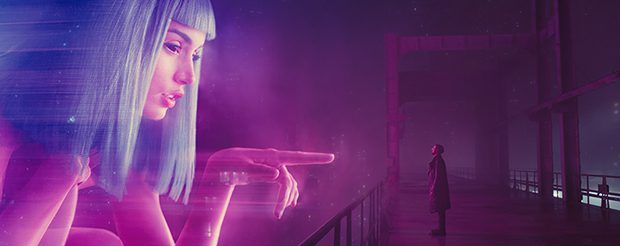
Based on the novel Do Androids Dream of Electric Sheep? by Philip K. Dick, the original Blade Runner film was released in 1982. This existential neo-noir film was set in dystopian Los Angeles in the year 2019. It would be remembered as genre-defining science fiction, particularly for its striking visuals. The most iconic imagery from the film comes from the out of home (OOH) advertising-filled cityscape of future LA. While we never got the flying cars or video phones the film predicted we would, we did get a lot of the neon signs and video billboards.
Thirty-five years later we have its sequel, Blade Runner 2049. In the film universe, thirty years have passed since the original. The filmmakers were tasked with imagining an updated future LA, OOH advertisements and all. Let’s take a look at what we think the film got right — and wrong — about the future of OOH ads.
This article was originally published by the Outdoor Advertising Association of America. You can continue reading the full article here.




